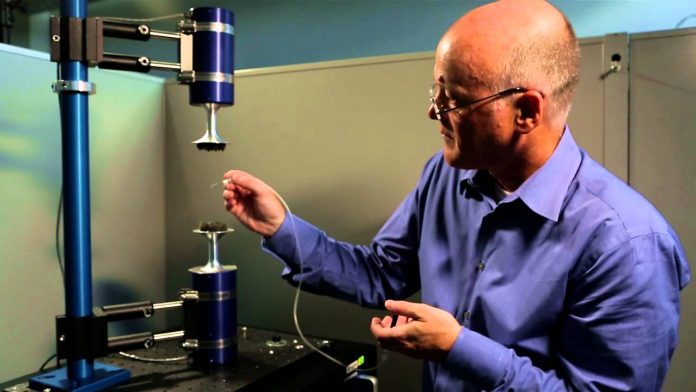Marco Aurélio Brizzotti Andrade and colleagues at the University of São Paulo in Brazil are the first to develop an acoustic levitation device that can have practical applications. The new arrangement does not require the proximity of the sound source and reflecting surface that limited the practicality of previously developed devices that use sound to levitate objects. The development was reported in the edition of the journal Applied Physics Letters.
The difference in design that makes this new device practical is there is no need for a very carefully maintained distance between the sound source and the reflective surface that produces the force needed to lift objects. At present the device can only move objects that are three millimeters in diameter. The techniques are only limited by the size of the sound source and the reflective source.
Practical applications include handling toxic substances, manipulating very small articles like the molecules that compose a very expensive drug, and more fun devices like toys for children and adults. The design is also applicable to the lifting of heavy articles for transport. In the future, we may have a transporter like the one from ‘Star Trek’ that is powered by sound instead of light.
More futuristic applications of this new technology could include sound powered aircraft and automobiles. The technology does not require an intimate proximity to the object being moved so the transportation of people in new designs of cars, buses, and planes is very feasible. The frequency of ultrasound used would have to be controlled so that no damage to humans or animals is produced. Physicists have been trying to do this for years and this version is really a working model that is practical.















